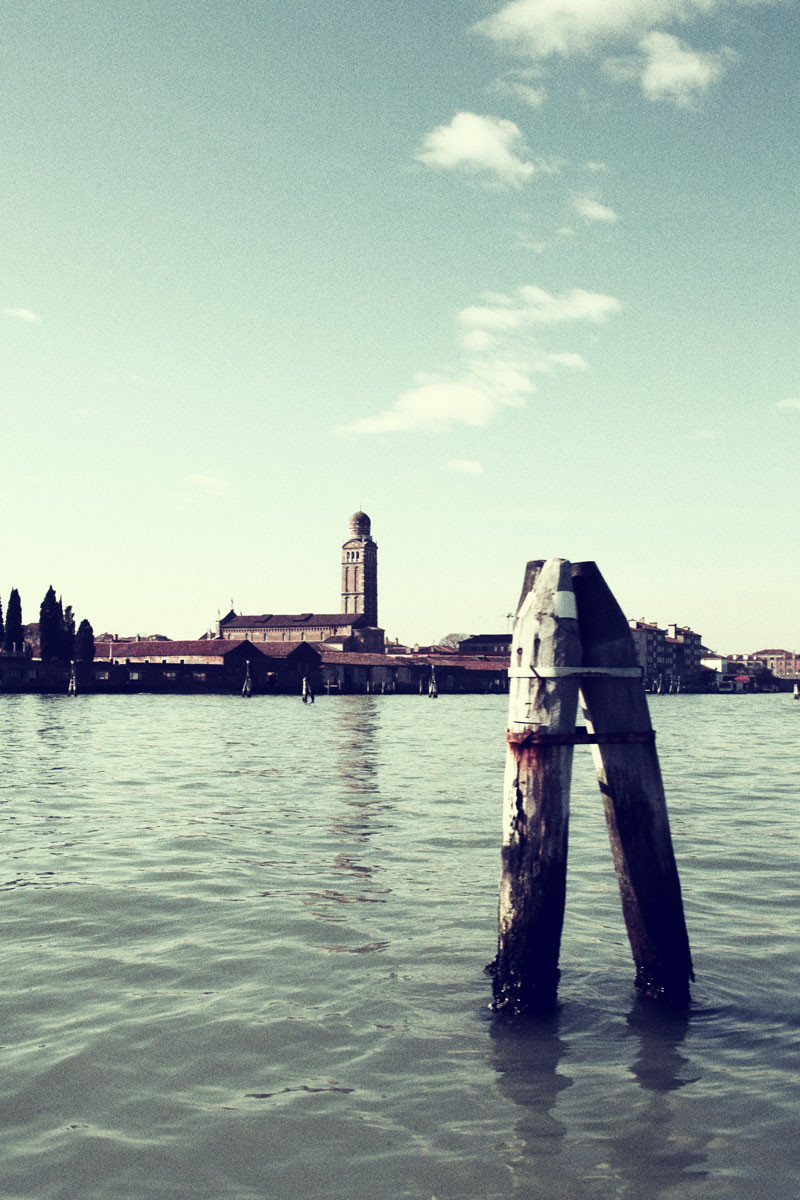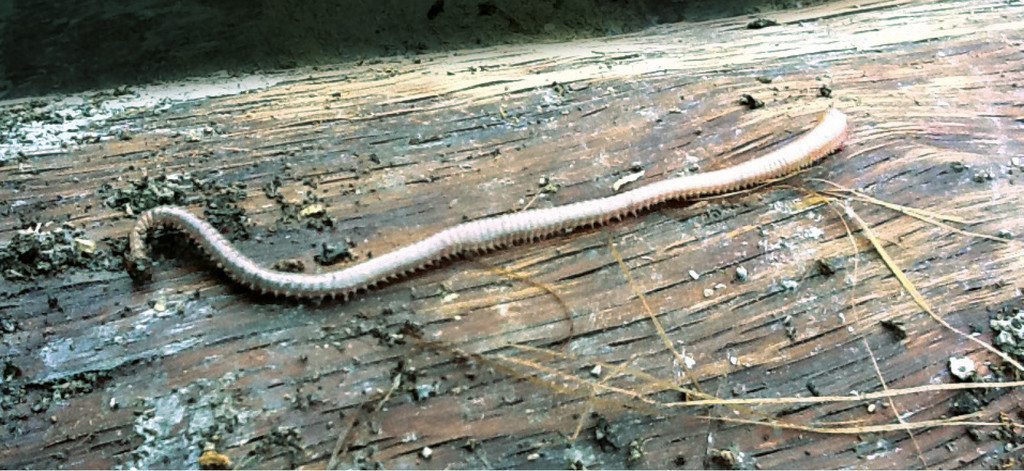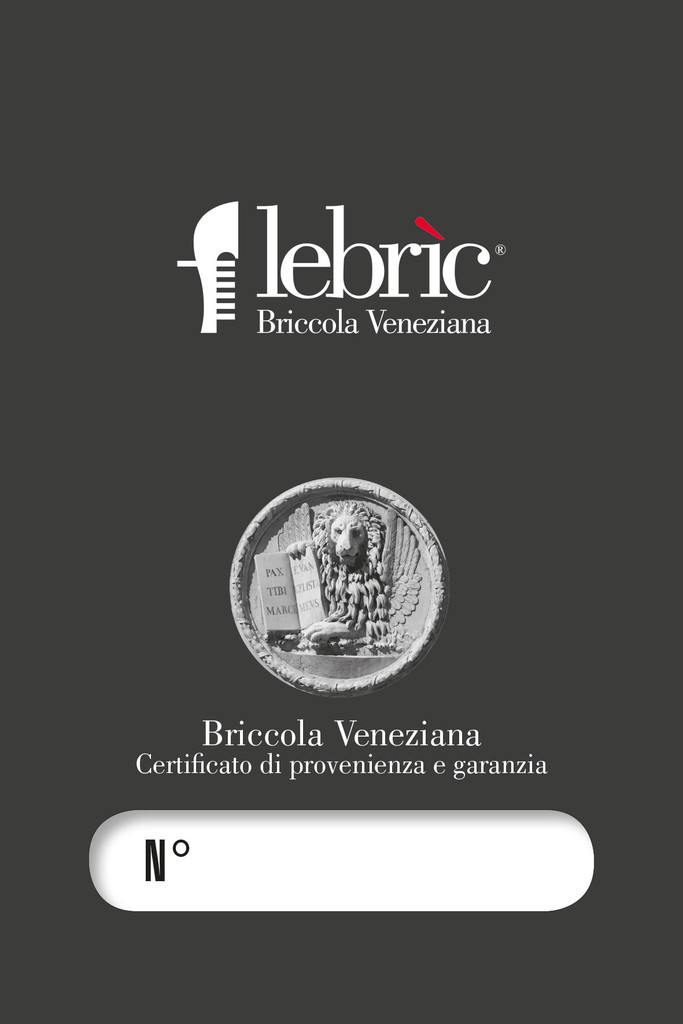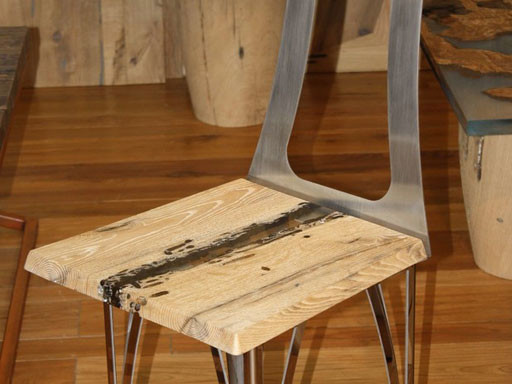Lebrìc is a brand of Antico Trentino
Origin certified
A place of wonders, Venice, one-of-a-kind in the world for its history as well as for the heritage harboured in the lagoon waters.
Quality ensured
Harboured treasure, the so called ‘briccole’, affected by the most pervasive and energetic of the four elements, water, as well as by nowadays’ real luxury, time. Recovered and enhanced by Lebrìc.
Exclusivity guaranteed
From the worn-out ‘briccole’ recovered and processed, unique master-works are brought to life, endowed with an outstanding identity able to evoke amazing feelings. Visit us to find out more.
The Lebrìc brand
Lebrìc guarantees the origin and authenticity of this raw material, a raw material that tells the story of Venice and its lagoon.
All Lebrìc Briccolas are in fact controlled and validated, so that their transformation can enhance the extraordinary and unique properties acquired by wood over the years.
Our company guarantees not only the provenance, but also the whole process of transformation: from a lagoon pole impregnated with brackish water and decorated with molluscs that feed on the most precious raw material.
Lebrìc also carefully follows each phase of the processing. It is precisely the authenticity of the raw material that we use and transform to guarantee the originality and uniqueness of the Briccolas.

Lucio Seppi owner of Lebrìc brand

Le Briccole
The history of Briccole
The Venetian lagoon was very early a really important intersection of land as well as inland and maritime commercial itineraries, a junction of communications and routes between the East and the Northern Europe.
Since then the so called ‘Briccole’, that is oak mooring posts, have been used by sailors to orientate and get information regarding that difficult part of the sea, such as the sea depth and the tides interchange.
Even nowadays these lagoon posts are essential in the sailing regulation operating as a real network of roads, signposting ship canals and routes, besides being used for docking.
The origin of the name ‘Briccole’ is undefined, although it probably originates from breeze (the wind), as together with the primordial cycles of water and land, just the wind establishes the tides and the blending of freshwater and saltwater making this heritage unique.
The ‘Briccole’ are made up of two or more posts, mainly in European oak, tied together and dipped into the lagoon for a section of their height, lasting years before being replaced to prevent possible breakages from jeopardising the nautical traffic.
Despite being numbered, the exact amount of these posts is still unknown, though an estimate ranges from 60,000 to 90,000 pieces. Undoubtedly they are considered one of Venice distinguishing features, thus reinforcing not only a true geographical picture but also a widespread heritage of connotations and culture externalizations.
No exaggeration to state that each ‘briccola’ has a say, each ‘briccola’ has a story to tell about this place depicted in myths and legends and apparently not manipulated by man yet.
Teredo Navalis
The lifespan of these ‘Briccole’ is endangered by a marine bivalve mollusc, the naval shipworm, which is found in saltwater and feeds on just wood. This particular mollusc rasps and ‘carves’ the wood of these posts creating unique shapes, actually embellishing even more both the raw material and its processing.
Since ancient times the naval shipworm has been the dread of all the sailors, due to its ability of corroding port frameworks and the hulls of wooden vessels. Yet, it is exactly thanks to the digs of the Teredo Navalis that the ‘Briccole’ turn into a raw material esteemed by world-class designers.

Teredo
The removal of Briccole
The so called ‘briccole’ are one of Venice distinguishing features together with the canals, bridges and gondolas, depicting an evocative image of the city.
For ages these lagoon posts have been an incomparable support for sailors, signposting the ship canals and routes, operating as a real network of roads, besides being oftentimes used for docking.
The ‘Briccole’ are made up of two or more posts, mainly in European oak, tied together and dipped into the lagoon water, lasting years before being replaced.
Throughout the years, each briccola wood records a story to tell, portraying the life beat inside the lagoon, shaken by the blending of freshwater and saltwater streams. Nevertheless, the ‘briccole’ would not be such a treasure without the presence of the naval shipworms: these molluscs actually are found in saltwater and feed on wood. Thanks to the digs of these special molluscs as well as to time and nature itself, each ‘briccola’ indeed turns into a unique and exclusive raw material.
The working process
When removed, the worn-out ‘briccole’ undergo an accurate working process, enabling them to be utterly reused to create exclusive designer goods and coverings.
Together with our partners we work in order that a raw material otherwise discarded could come alive again, contributing thus to the environment safeguard which makes our raw material so precious.

The working process
The Certification
Wood is a material of biological origin, characterized by a high variability. Like all woods, Briccola logs can present attacks by common xylophagous organisms: mushrooms, insects, bacteria and marine organisms (teredini).
According to a recent study by the Institute for the Valorization of Wood and Arborea, the pollution of the lagoon waters of Venice, considered as the result of the presence of urban discharges, naval activities and so on, does not in itself constitute any risk for the deterioration of our Briccole. For this reason, we can guarantee that all our products will not undergo any change over time due to such contamination.
To request a view of the documentation provided by the National Research Council please write to info@anticotrentino.it
According to a recent study by the Institute for the Valorization of Wood and Arborea, the pollution of the lagoon waters of Venice, considered as the result of the presence of urban discharges, naval activities and so on, does not in itself constitute any risk for the deterioration of our Briccole. For this reason, we can guarantee that all our products will not undergo any change over time due to such contamination.
To request a view of the documentation provided by the National Research Council please write to info@anticotrentino.it

Il certificato di autenticità
Certificate of Authenticity
To ensure the Authenticity of the Venetian Briccola we provide a Certificate tracing back to the number of the Public Works Lot related to the removal of the ‘Briccole’.
The Lot number states both the date and the lagoon area involved in the replacement of the worn-out ‘Briccole’.
The document is numbered and undersigned by Lucio Seppi Sole Owner of the trademark Lebrìc.







